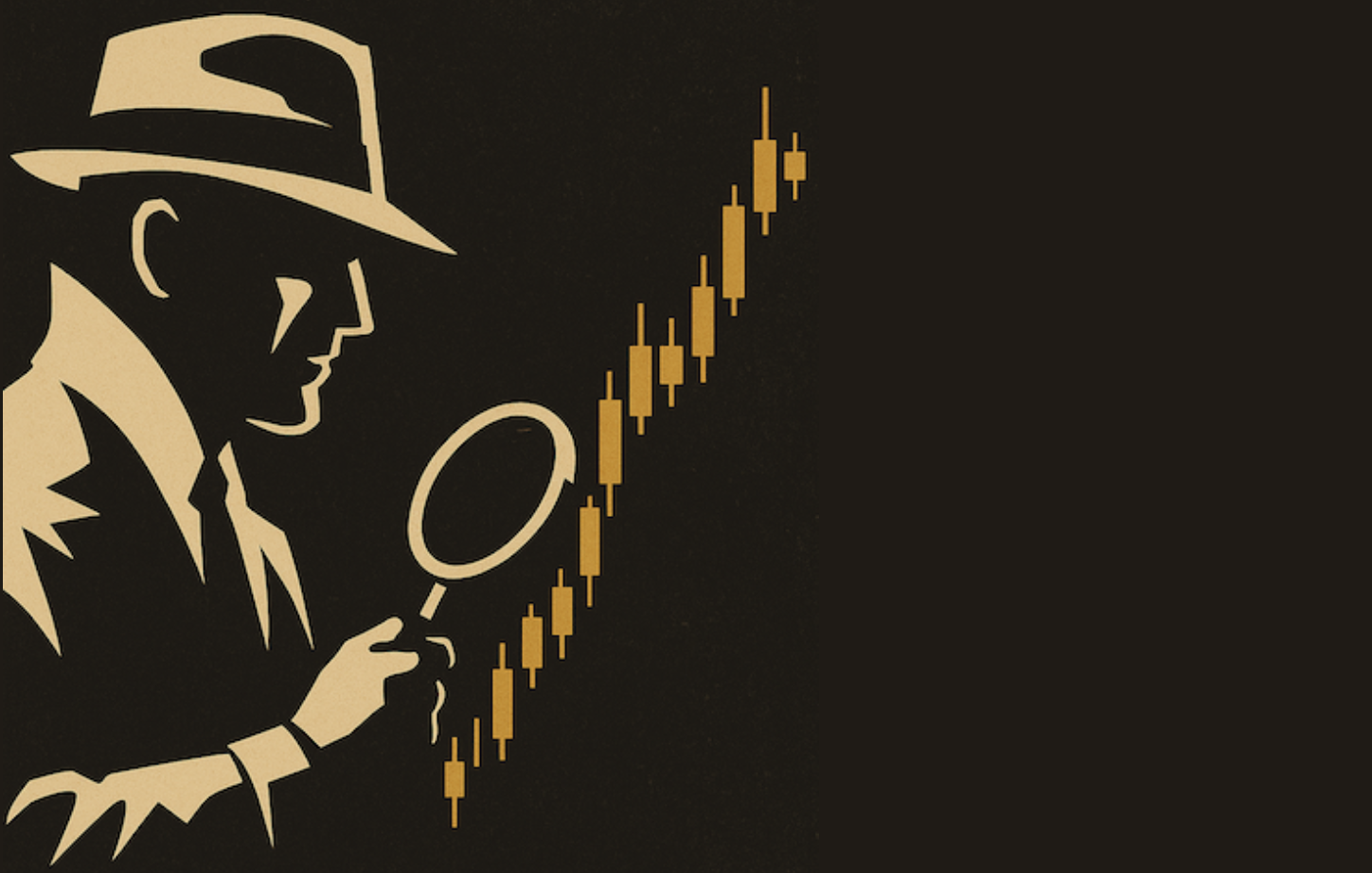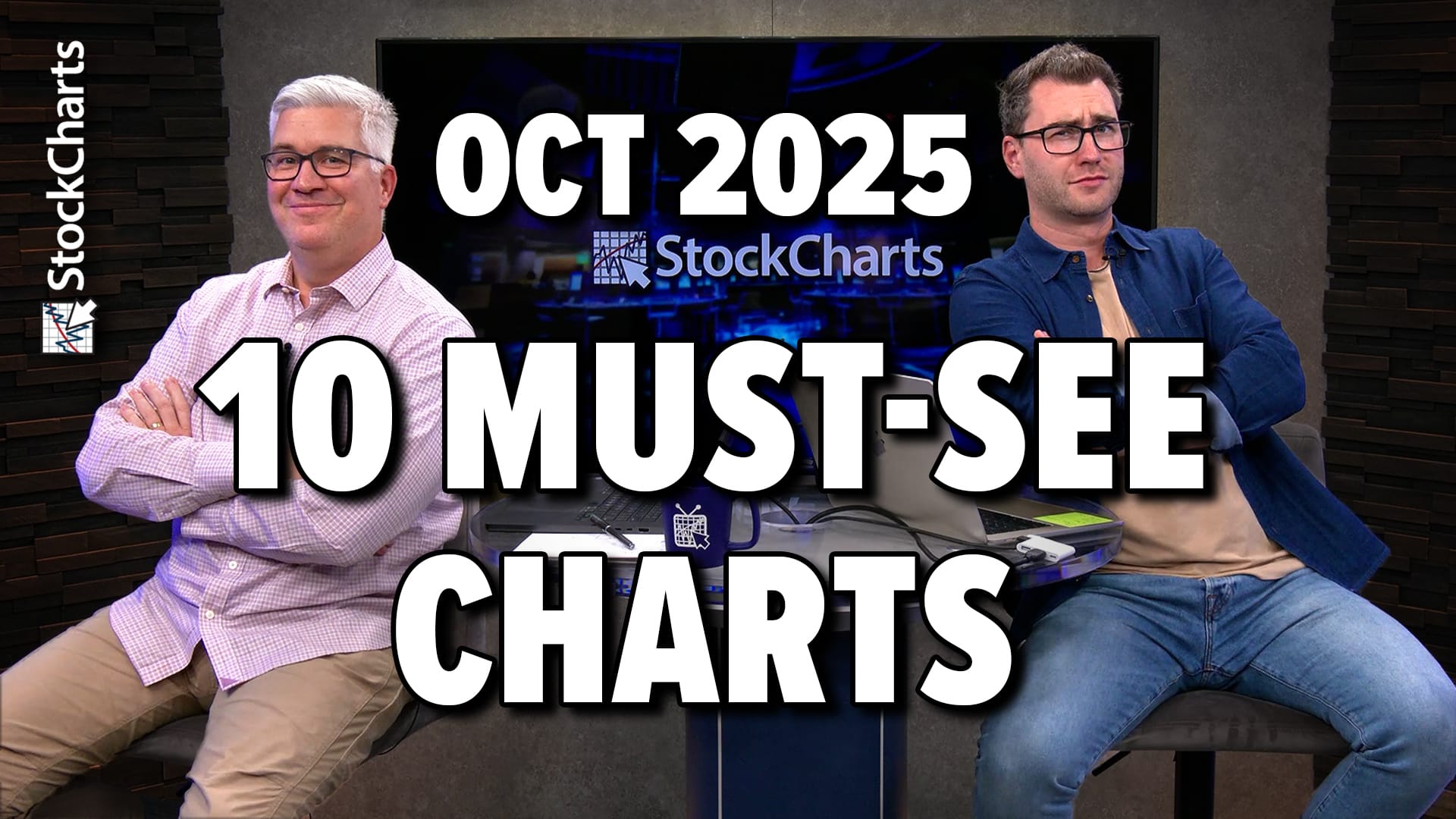PRODUCER INFLATION JUMPS SHARPLY -- THAT'S BAD FOR BONDS AND EVENTUALLY FOR STOCKS -- BUT GOOD FOR GOLD -- SIMILARITIES TO THE 1970'S
PPI HITS 14-YEAR HIGH ... The latest Producer Price Index (PPI) report saw a shocking jump of 1.7%, which is the biggest monthly jump in fourteen years. Most of the gain came from rising food and energy prices, but it can't be ignored. That also puts producer price inflation at 5.2% for the year, which can't be ignored either. Those high numbers carry implications for financial markets. Historically, early in a new inflation cycle, producer prices pick up before consumer prices. That's simply because producer prices are earlier in the inflation pipeline. The earliest part of the pipeline is raw materials -- or commodity prices. They're been rising for two years. Manufacturers have to then start paying for those higher raw materials to produce their goods. Normally, those higher producer costs are passed on to consumers, resulting in a higher Consumer Price Index (CPI). That's the normal sequence. One of the problems right now for companies is that cheap imported goods (primarily from Asia) are making it hard for American companies to pass on their higher costs, which squeezes their profit margins. That's one of the reasons the stock market reacted badly to today's high PPI number. Another reason is because higher inflation numbers usually produce higher interest rates. That's why bond bond yields are rising today. Chart 1 shows the 10-year T-note yields moving back over 4.20% today. A decisive move over last week's peak near 4.25% would confirm that long-term yields are bottoming. Rising inflation also makes it necessary for the Fed to keep raising short-term rates. They also have to keep raising rates to keep the dollar from falling too fast.

Chart 1
LONG-TERM DOLLAR BEAR... The monthly bars in Chart 2 show where the dollar is heading. After peaking at the start of 2002, the US Dollar Index has fallen 30% and is trading at the lowest level in nine years. The next downside target is the 1992-1995 lows near 80. The big question is whether it will stop there. The direction of the dollar is influenced by the direction of U.S. interest rates. Chart 3 shows short-term rates since 1990. It shows that major turns in the short-term rates usually precede similar turns in the Dollar Index. An upturn in short-term rates at the start of 1994 preceded an upturn in the dollar by about a year (see green circle). The Dollar turned up in 1995 (see green arrow). Both remained in uptrends until the end of 2000. After the market peaked during 2000, and the economy showed signs of falling into recession, the Fed started lowering rates at the start of 2001 (see red circle). The dollar peaked at year later at the start of 2002 (see red arrow). During 2004, short-term rates are rising thanks to four rate-hikes by the Fed. Unless it wants the dollar to keep falling (which would fuel inflation), the Fed has to keep raising rates. That could help the dollar sometime in 2005. But a more aggressive tightening by the Fed wouldn't be good for stocks or the economy during 2005. That's why a falling dollar -- and rising inflation numbers -- are a dangerous combination.

Chart 2

Chart 3
SENDING MONEY ABROAD... Money tends to flow toward countries with stronger currencies. The next three charts show where some of that money is going. A lot of it has gone to Canada. Canada is a producer of raw materials and benefits from rising commodity prices. The Canadian Dollar is also trading at the highest level in a decade (Chart 4). The Euro is trading at the highest level in its history (Chart 5). It's borne most of the brunt of the falling dollar. That's because Asian currencies (like the yuan and the yen) are being kept down by Asian central bank intervention. That may be changing. The Japanese yen (Chart 6) has started to climb again and is nearing its 2004 high. While a higher yen might hurt Japanese exporters, it could also attract more foreign money into the Japanese stock market. The biggest question of all is if and when the Chinese allow their currency to rise. That could really change things -- and not necessarily for the better. A falling dollar and rising U.S. interest rates could be two bad side-effects of a rising yuan. Of course, that would be very good for gold.

Chart 4

Chart 5

Chart 6
GOLD IS BIG WINNER... It's doubtful that the Fed would risk short circuiting the economy by raising short-term rates too aggressively to help a falling dollar. It also seems like the U.S. wants a weaker dollar to fix our huge trade deficit, increase American exports, and create more jobs. That being the case, there doesn't seem to be too much on the horizon to stop the major bull market in gold. [There's also the possibility that foreign central bankers may decide to abandon the dollar in favor of gold or another currency]. Chart 7 puts the gold uptrend in better perspective. Gold is trading over $440 which is the highest level since 1988. Chartwise, the next major upside target for gold is its 1987 peak near $500 (see circle).

Chart 7
GOLD STOCKS HAVE A LOT FURTHER TO GO ... Chart 8 shows the Gold & Silver (XAU) Index since 1990. The XAU is moving up to challenge its early 2004 peak. A breakout through that temporary chart barrier would initiate a higher price target to its 1996 peak near 150. The ratio along the bottom plots the XAU versus gold. During the 1990's, when gold was out of favor, gold stocks did worse than the commodity. Since the end of 2000, however, gold stocks have been actually been outperforming bullion. That usually happens in a bull market. It's another good reason why I believe that gold stocks are the better way to play the gold market. For those who wish to buy the commodity, however, a new gold ETF (based on the price of bullion itself) should be launched shortly.

Chart 8
SIMILARITIES TO THE 1970s... There are a lot of similarities between the current situation and the early 1970's. A falling dollar, rising commodity prices, a spike in oil, and rising interest rates. It was a good decade for hard assets like gold and other commodities. It was a bad decade for the dollar and bonds. It was a flat decade for stocks. Which fits into my long-term view of the stock market. At best, I expect the stock market to experience a series of "cyclical" bull and bear markets within a generally flat "secular" trend. I also happen to believe that the stock market is in the final upleg in the cyclical bull market that started at the end of 2002. And while it's dangerous to expect any two market eras to be the same, I continue to believe that gold will be the shining star of this decade.













